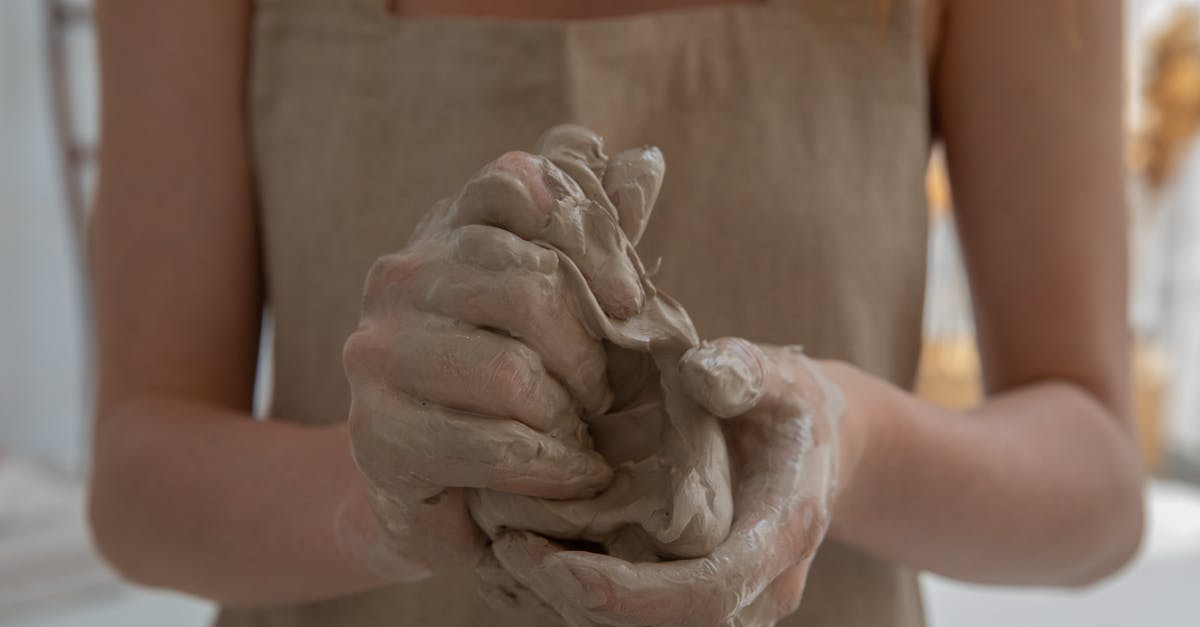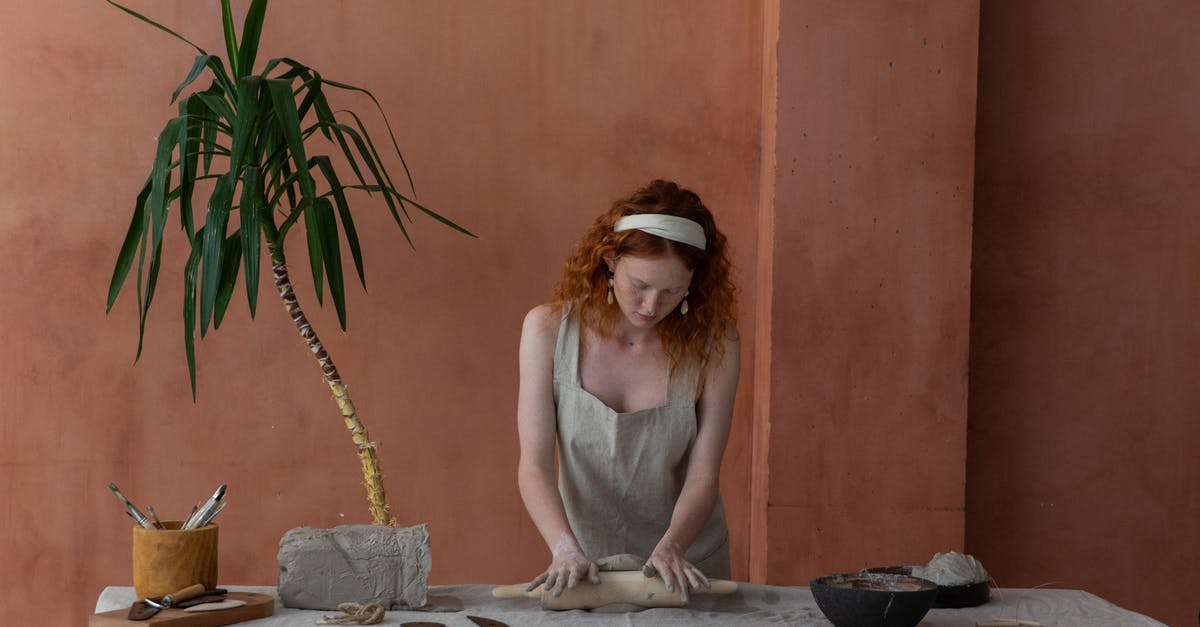How to make a good pie dough like the industrial one?

Whenever I follow a pie dough recipe the result is not great. The dough is tearing easily while rolling it, impossible to make it as thin as the on you buy in the supermarket. And when it's cooked, it's crumbling very easily. The texture in mouth is rougher and "sandy".
The last recipe I used was:
200 g flour
½ cs salt
100 g butter room temperature
0,5 dl water
Mix flour and salt, add butter, mix well.
Add water, knead until smooth looking.
Keep it in the fridge for 15min. Roll it out.
At this point, moving the dough from the the work surface to the baking sheet was tricky due to how fragile the dough was.
How is industrial dough made to be so different from the homemade flour+butter+salt+water ?
Best Answer
So first things first, a short crust pie dough is usually made with cold butter and ice water. This leads to a flakier, more tender dough. You also typically don't want to knead the dough. Too much gluten development leads to a tough, chewy crust.
A more typical shortcrust would start with cold butter cut into cubes. Put the flour, salt, and butter in a food processor and pulse just until it looks like wet slightly clumpy sand (there should still be intact bits of butter in the dough). If you don't have a food processor, you can either use pastry cutters or a couple of forks to cut the butter and flour together or my favourite method: freeze the butter and grate it before rubbing it into the flour with my hands. Slowly add ice water until the dough can be shaped into a rough, shaggy ball. It should not look smooth at this point. Cover and let it rest in the fridge for at least an hour.
Then you take the rough, not smooth looking ball of dough and roll it out on a floured surface. The first time you roll it out, it will be very crumbly. Just roll it out as well as you can. Then you can fold in the rough edges and roll it out again. Repeat as needed. I typically need to do two or three fold+roll iterations before I have a smooth, easily workable pie dough. Folding and rolling will get you a smooth dough without as much gluten development as if you kneaded it smooth and you will keep the little bits of butter that give you flakiness when the pie bakes.
There are of course endless variations on shortcrust pie dough recipes. There are people who swear by using lard or vegetable based butter substitutes, use vodka instead of water, or add different flavourings to the dough. But the basic method for shortcrust is cold fat + cold liquid + minimal handling. And industrial recipes add various preservatives and chemicals to force certain reactions that are hard to get hold of as a home cook. However, you can still make very good pie dough at home without those additives.
Pictures about "How to make a good pie dough like the industrial one?"



What is a trick to making a good pie crust?
10 Tips for Making Perfect Pie CrustHow does Gordon Ramsay make pie crust?
Adding vinegar helps to tenderize the crust and also inhibits gluten development, keeping your dough soft. You need just a bit of this and don't worry\u2026you won't taste it once the pie is baked.What does adding vinegar to pie crust do?
Too much water makes a sticky dough, which results in a tough and chewy crust. Too little liquid will cause your pastry to crack and fall apart during rolling and shaping. Add water until you can form a ball that doesn't crumble when you pull it apart.Professional Baker Teaches You How To Make PIE DOUGH!
Sources: Stack Exchange - This article follows the attribution requirements of Stack Exchange and is licensed under CC BY-SA 3.0.
